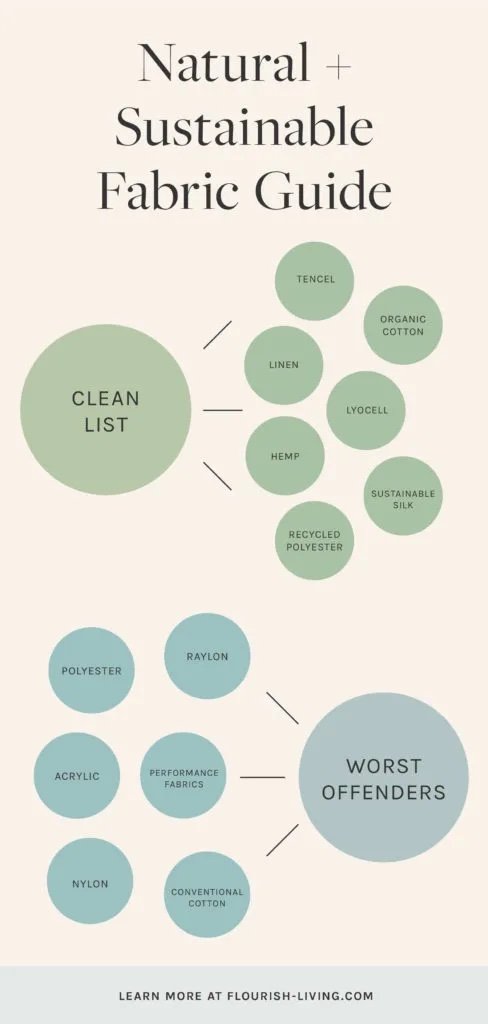Ways you can spot a TRULY sustainable brand
Part 2: Tips on how to shop more sustainably
This is the second article in our series about sustainability in the fashion industry, from running a sustainable business, to shopping sustainability, and assessing the industry.
Following on from part 1, there have been many cases of brands misleading their customers. Otherwise known as greenwashing, “greenwashing involves making an unsubstantiated claim to deceive consumers into believing that a company’s products are environmentally friendly”.
We are here to show you how you can spot a truly sustainable brand and avoid the greenwashing that has been plaguing the fashion industry for some time.
There are multiple ways a brand can be sustainable, they could be kind to animals, kind to human, and kind to the planet. A brand could be one of these things, or all. Some things you can look for in each of these types of brands are, vegan or cruelty free for animals, fair trade for people, and carbon-neutral for the planet. Below are our top tips for finding brands that have these best interests at heart, truly.
look for transparency
First things first, go to the brands website. Are they transparent about their supply chains? Ethical practices? Do they have reports on their website? Honesty is always the best policy, so along with the information that is given on their website check the actual clothing tags. Where were the clothes made, does it correlate with the website? What materials are the clothes made from? The materials used can tell you how long the lifespan of the clothes will be, how they will degrade if they were in landfill, and how much impact they have in production. Below you can see a chart showing the best and worst materials regarding sustainability. The Fashion Transparency Index is a useful tool to use to assess the transparency of a brand: https://www.fashionrevolution.org/about/transparency/
According to the index one of the most transparent brands is Gucci with 80% and United Colors of Benetton.
Check for accreditations
If a brand is a serious contender in sustainable practices, they will often get accredited by an official body. Some of the top sustainable certifications for UK business are listed:
FutureFit Business: https://futurefitbusiness.org/
Planet Mark: https://www.planetmark.com/
The Ethical Company Organisation (ECO): https://thegoodshoppingguide.com/the-ethical-company-organisation/
One Planet Living: https://www.bioregional.com/one-planet-living
These accreditations can be very costly, but it’s best to investigate these at the start of a brand building journey to ensure you’re on the right lines from Day One.
what are the working conditions like?
According to Emily Folk from Our Good Brands, on average, a worker in the apparel industry will work 96 hours a week. In most cases this cannot be regulated by the brand itself but rather the country that the factory is in. Certain brands have committed to a pledge, the Transparency Pledge. It requires companies to share the names and locations of all its factories, letting the customer decide for themselves on the sustainability of the brand.
What packaging does it come in? And how did it get your door?
Clothing made overseas always used to be transported by ships, taking weeks or months to arrive at its destination. As fast fashion became more popular, more clothing was flown, meaning the carbon footprint increases. The clotheshorse podcast explains this in their excellent series on the rise of fast fashion : https://open.spotify.com/show/1NczjL5JBQDqfsgkKmxql5?si=9b43705e94cc4fe8
Regarding the delivery process, it might be a bit rarer, but some companies will offset their emission or use electric vehicles. Alternatively, shopping locally and second hand is always a good way to reduce the delivery emissions!
Recycled packaging makes the world of difference, in 2018 packaging waste was estimated at 174kg per person in the EU. In the present, British households throw away 100 billion pieces of plastic packaging a year. Yeah, not great. Looking for companies that use eco-friendly packaging is a very easy way to start, a guide is shown below.
what is the price point?
A stable price is a good indication of good ethics, showing that prices haven’t been inflated only to mark down for sales such as Black Friday. The mantra “Buy Cheap, Buy Twice” can explain this. No shade if customers do need to purchase low-cost items due to various reasons, but, if you can, it’s best to buy quality. There’s been a rise in interest of the BILF movement, (Buy It for Life) on forums like reddit, sharing the brands that you can wear for decades, and naturally, the cost per wear will decrease.
So, there you have it! Our top 5 tips on how to spot a sustainable brand and what to look out for. Do not let yourself be greenwashed, always do your research, and stay diligent. Remember that you do not have to shop sustainably every single time you shop, taking small actions here and there makes a difference. Small steps at a time, also education about sustainably does the world of good, so please share this post so others can shop more sustainably!
Thanks for reading and be sure to come back for part 3, Will the fashion industry ever be sustainable?
Peace and Love,



